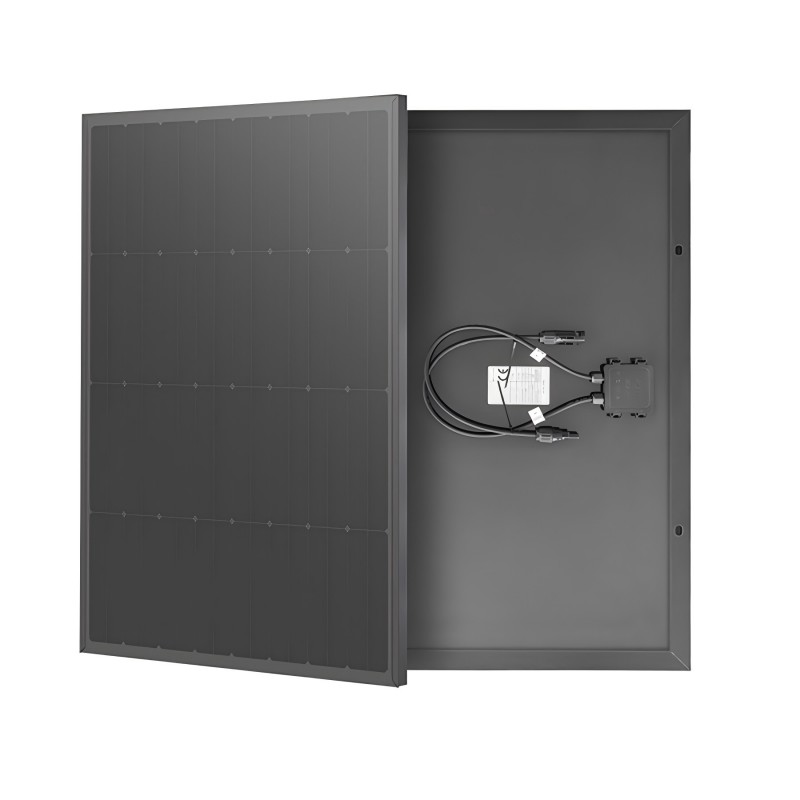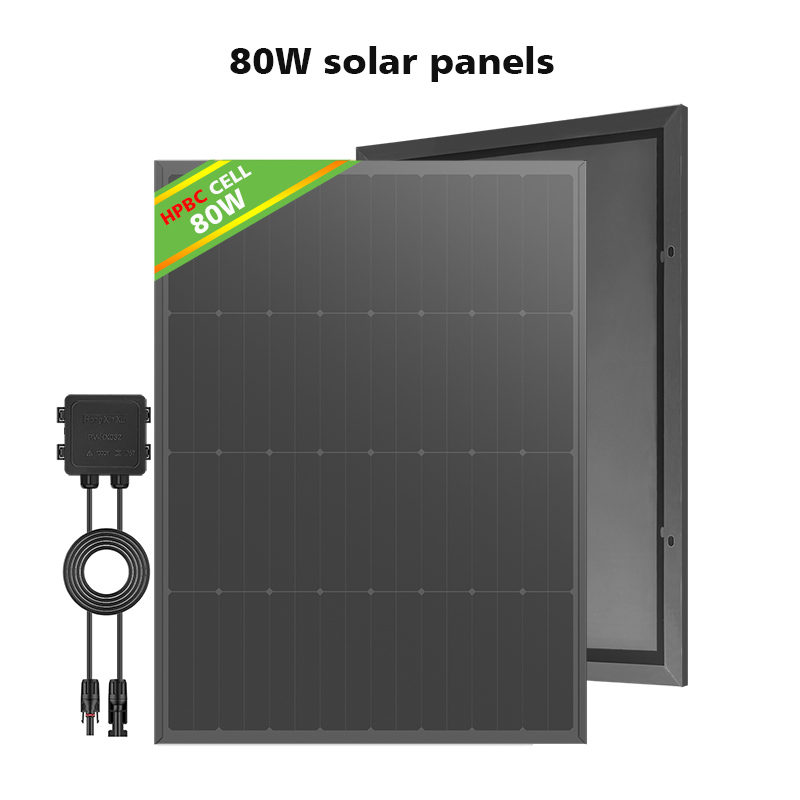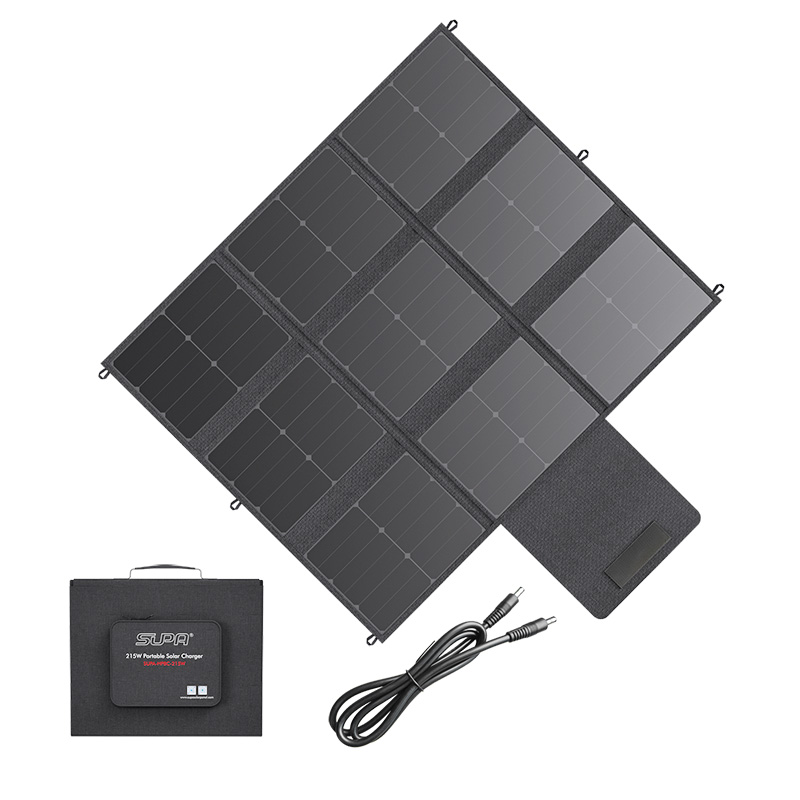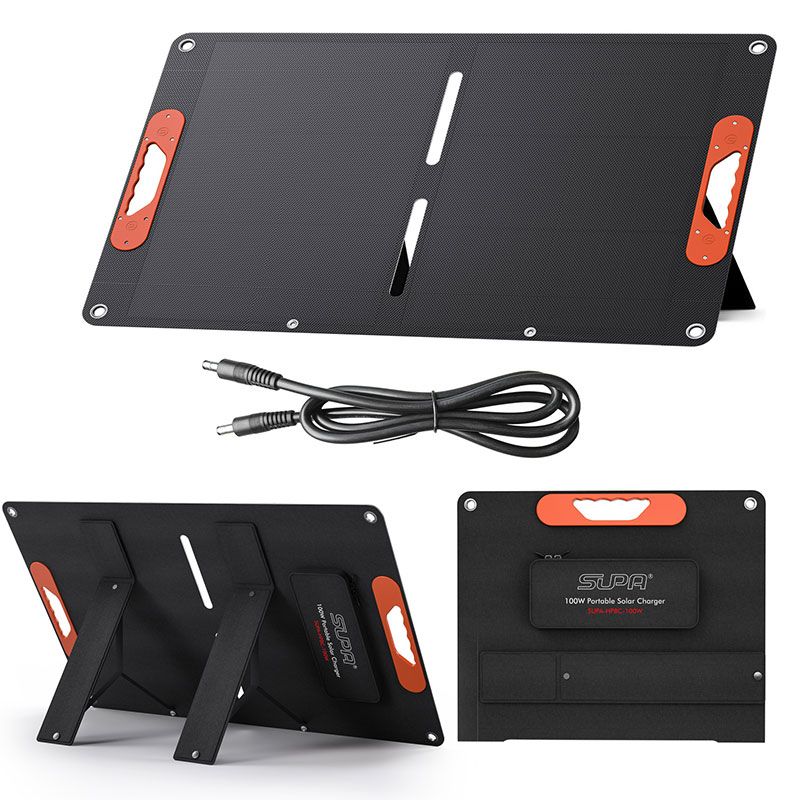Company News
As renewable energy technology continues to advance, photovoltaic (solar) power generation, as a green and environmentally friendly energy form, is gradually penetrating various industries. Among these innovative applications, flexible photovoltaic panels, as a new type of material, are becoming increasingly popular in the agricultural sector due to their light weight, durability, and strong adaptability. This article will guide you through the basic principles, features, and application prospects of flexible soalr panel in agriculture.
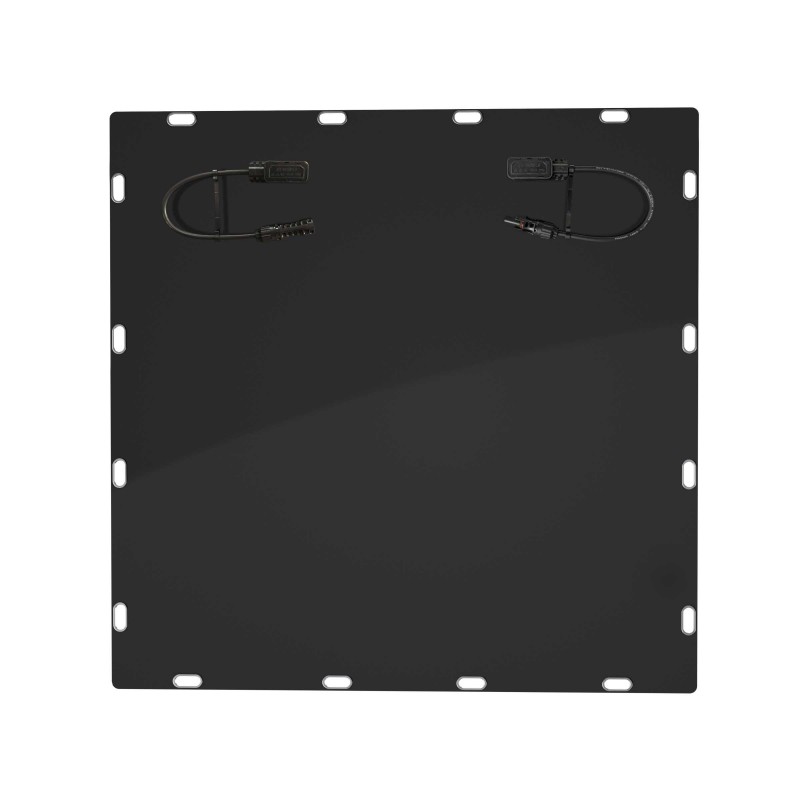
What are Flexible Photovoltaic Panels?
Flexible photovoltaic panels are solar panels made from flexible substrates, such as polymers or plastic films. These panels not only have the power generation capabilities of traditional photovoltaic panels but also possess excellent physical properties, such as the ability to bend and fold, allowing them to adapt to various irregular surfaces. Flexible soalr panels are typically covered with photovoltaic materials, such as amorphous silicon or copper indium gallium selenide (CIGS), which convert light energy into electrical energy. Due to their light weight and durability, flexible photovoltaic panels are widely used in mobile power sources such as automobiles, backpacks, and tents, and they offer new solutions for the energy transformation in agriculture.
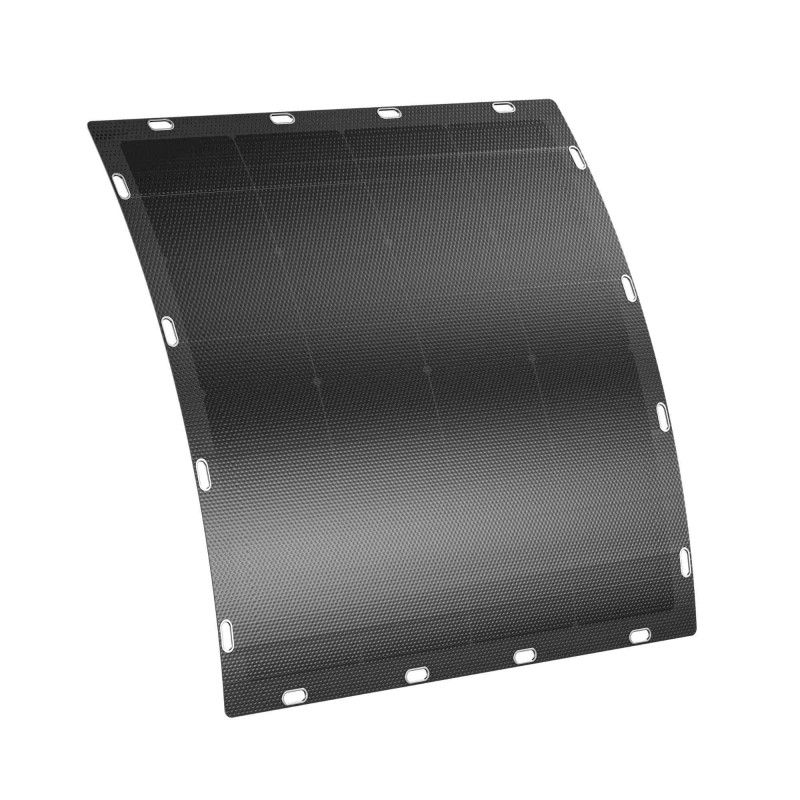
Features of Flexible Photovoltaic Panels
1.Lightweight and Flexible
The greatest advantage of flexible soalr panel is their ability to bend. This makes them suitable for various complex surfaces, such as curved, concave, or irregular structures. Compared to traditional rigid photovoltaic panels, flexible panels are not only compact but also lightweight, making them easier to transport and install.
2.Durability and Impact Resistance
Due to the use of flexible materials, these panels are less likely to break, even in extreme weather or high-impact environments, ensuring high-efficiency performance. In agriculture, where harsh weather and external physical impacts are common, the impact resistance of flexible photovoltaic panels can significantly improve system reliability.
3. Versatile Applications
Besides being used on conventional building surfaces and outdoor equipment, the flexibility of photovoltaic panels allows for their use in various innovative scenarios. For instance, they can be applied to agricultural facilities, farm equipment, or even directly installed on crop greenhouses, providing a continuous and stable power supply.
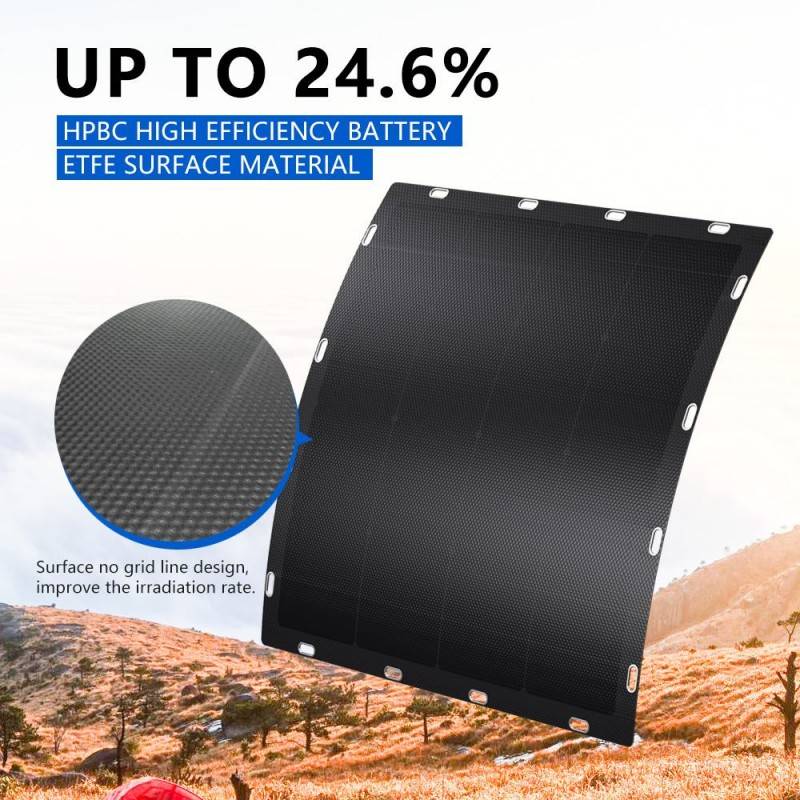
Application Prospects of Flexible Photovoltaic Panels in Agriculture
As global attention on green energy and sustainable development grows, the potential for foldable solar panel in agriculture is vast. Here are a few possible applications:
1.Power Supply for Agricultural Greenhouses and Hothouses
In modern agriculture, greenhouse farming and high-efficiency farming have become key elements. By installing flexible photovoltaic panels on the roofs or sidewalls of greenhouses, farmers can harness solar energy to power greenhouse systems. The solar energy can be used to drive temperature control systems, irrigation equipment, and air purification devices, thereby reducing agricultural production costs and dependence on traditional energy sources.
2.Powering Smart Agricultural Devices
With the widespread adoption of the Internet of Things (IoT) and smart technologies in agriculture, many farms are using smart sensors, climate monitoring devices, and drones for data collection and analysis. Foldable solar panels can provide independent and stable power for these devices, particularly in remote areas that are far from the power grid, ensuring continuous operation.
3.Mobile Agricultural Machinery and Equipment
In agricultural production, many machines, such as tractors, seeders, and harvesters, require significant energy to operate. Installing flexible photovoltaic panels on these machines can provide them with power support and reduce reliance on traditional fuels. For example, agricultural drones equipped with flexible photovoltaic panels can receive continuous power while performing tasks like crop inspections or seeding.
4. Independent Power Systems for Rural Areas
For rural areas with unstable or no access to the power grid, flexible photovoltaic panels can offer an independent solar power solution. These panels can be flexibly installed on rooftops, walls, or surrounding environments to capture sunlight and generate electricity, meeting the daily power needs of rural residents, particularly for lighting, household appliances, and communications.
5.Agricultural Energy Facilities Connected to the Grid
Flexible photovoltaic panels can also play an important role in agricultural power grids. Farms and agricultural facilities can connect to the grid and feed excess solar power back into the public grid, providing clean energy to other regions. This not only helps diversify energy supplies for agriculture but also creates additional economic benefits for farmers.
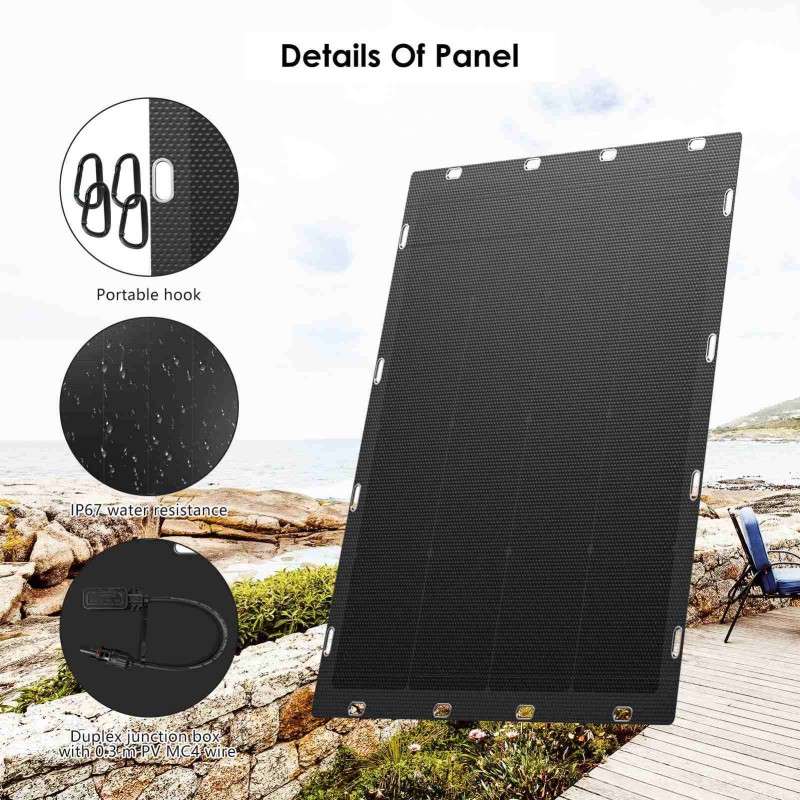
Ongoing Challenges and Future Outlook
Although flexible photovoltaic panels show great potential in agriculture, there are still some challenges to their widespread adoption. First, the cost of flexible photovoltaic panels remains relatively high, although production costs are expected to decrease as technology improves. Secondly, the efficiency and stability of flexible photovoltaic materials still need further enhancement, especially regarding long-term performance under various environmental conditions. Furthermore, improving energy conversion efficiency and ensuring better integration with agricultural production are crucial areas for technological development.
In the future, with continuous innovation in flexible photovoltaic materials and improvements in performance, we can expect this new type of photovoltaic material to play an increasingly important role in agriculture. It will not only provide green energy for agricultural production but also open up new economic opportunities for farmers. Flexible photovoltaic panels will contribute to the sustainable development of modern agriculture and help drive a green transformation in agricultural energy structures.
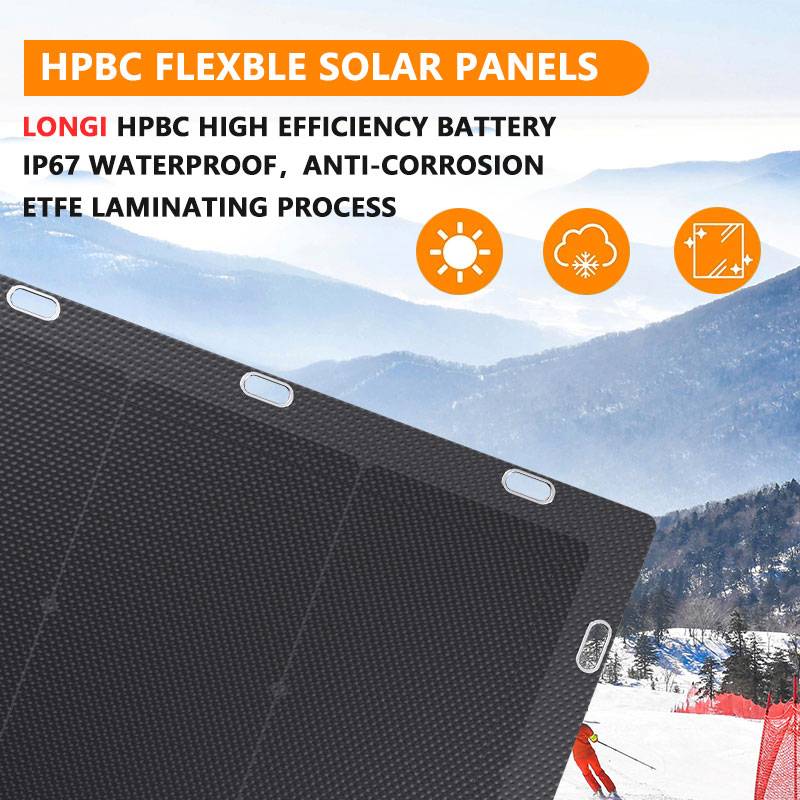
Conclusion:
Flexible photovoltaic panels, as a revolutionary new photovoltaic material, offer light weight, durability, and flexibility. Their broad application prospects in agriculture range from providing power to agricultural greenhouses, powering smart agricultural devices, to establishing independent power systems in rural areas. As technology continues to advance, flexible photovoltaic panels are poised to become a significant pillar in the green energy landscape of agriculture, driving the sector toward a more intelligent and environmentally friendly future.

